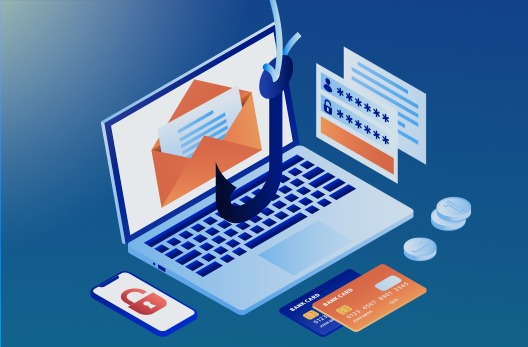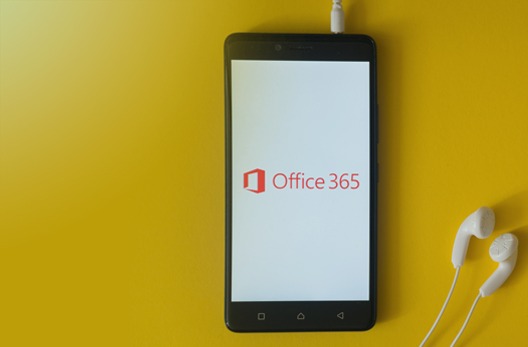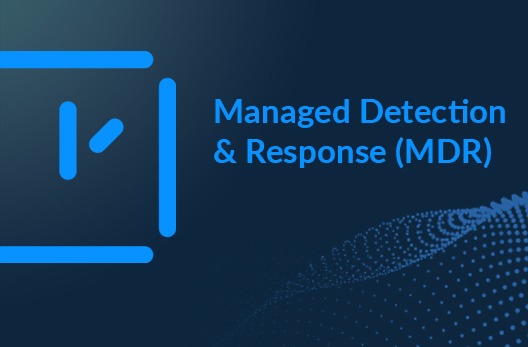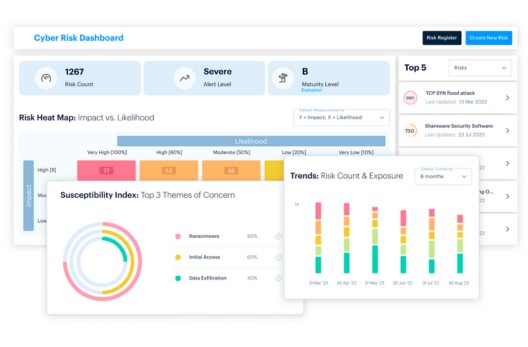Cloud Security • 10 MIN READ
Black Friday Online Shopping Safety Checklist
by Eleanor Barlow • Nov 2022
2022 Black Friday and Cyber Monday, 46% of shoppers will be making their purchases entirely online. But with cyber security threats at an all time hight, how can shoppers and businesses stay cyber safe?
‘With the upcoming Cyber Monday, this being one of the biggest campaigns in the year, lots of hackers will us a multitude of phishing techniques to steal data.’ There has been particular concern for SMEs in the run up to Black Friday, with the NSCS reporting that ‘Small online retailers are being encouraged to protect their customers and profits from the threat of callous shopping skimmers who could target them on Black Friday and Cyber Monday. The activity of skimming exploits a vulnerability in software used at the checkout page on shopping sites to divert payments and steal details of unsuspecting customers.’
Skimming exploits is one of many cyber tactics used in the lead up to the holiday season, and everyone needs to be aware of the risks and how to spot threats.
Here are some of our top tips for staying safe online, and the preventative measures that can be taken while shopping for your latest bargain.
1. Be Cautious
If something seems too good to be true, it probably is. While Black Friday deals can offer huge discounts that are genuine, people still need to make money. Anything ridiculously cheap is a red flag.
What to look for:
- It is worth checking the reputation score of retailers via sites like Trustpilot to determine if that retailer can be trusted.
- A website with no company address, descriptions or specifications on items are all red flags. Look for the details. And do not base purchases solely off star ratings, as these can be fake.
- Pop-ups that offer free electronics are one of the obvious scams, containing malicious phishing links, and should be avoided at all costs.
- Read the small print. Often cons are perfectly visible if you know what to look for. Like seeing a picture of a laptop being advertised, going to buy said laptop for a reduced rate without reading the small print, and receiving a literal picture of a laptop in the post. The devil is in the detail.
2. Use Reputable Websites/Companies
Tried and Tested– Using websites that are globally known, such as Argos, Amazon, Curry’s is a good way to avoid any nasty surprises. Even if it is a couple of pounds more, it is worth knowing where your money is going and that your purchase will be tracked and delivered.
Use Antivirus Software that will warn you of potentially dangerous sites in search results as well.
Look For Suspicious Emails, as well as suspicious calls and text messages. Never click on a link you are unsure of, and never provide personal information over the phone.
3. Stop, Look, Check, Pay
Check For the Padlock Icon when at the checkout. Secure Sockets Layers (SSL) are used to ensure data is encrypted before being transmitted across the web. It is also an indication that an organisation has been verified. Keep an eye out for HTTPS in the address bar rather than HTTP, as this highlights a site uses SSL.
Make Sure the Website That You Intend to Shop on is Not a Copy of a legitimate one. Verify that the date and name of the organisation are consistent with the site you are visiting. And look for typos in the URL. Your best bet it to go directly to the website yourself, and do not access it through links on other sites/emails.
When using public Wi-Fi, use a VPN as the most effective way to stay safe and so that hackers do not steal your personal data while you are on an unsecure network.

4. Check Delivery Times
When buying a gift, be sure to check that it will arrive in time. Always check the availability of items before you click. Even when parcel tracking is used, check the delivery estimation time and the seller’s recent feedback to see if they can be trusted to deliver your purchases on time.
5. Check the Box
Often valuable products are swapped out for worthless ones. When your parcel arrives, ask the courier to wait a few seconds while you check that the contents is what you were expecting.
6. Check Your Bank Account
- Use a credit card or payment method which offers protection (i.e., PayPal).
- Check your accounts regularly for fraudulent activity.
- Only provide enough details to complete your purchase (no extra details required)
Next, read our Ten Top Tips for Detecting a Phishing attack while shopping online, to take advantage of the offers, without any nasty surprises.












